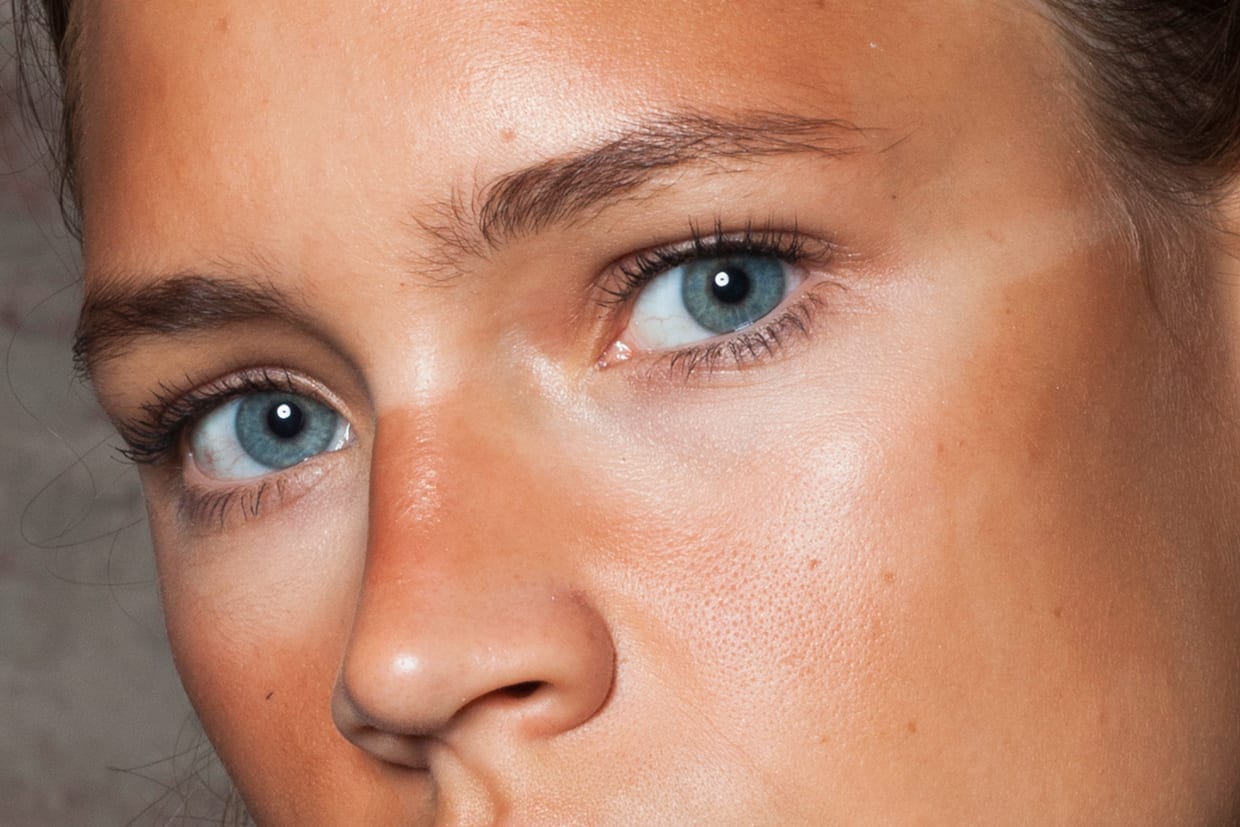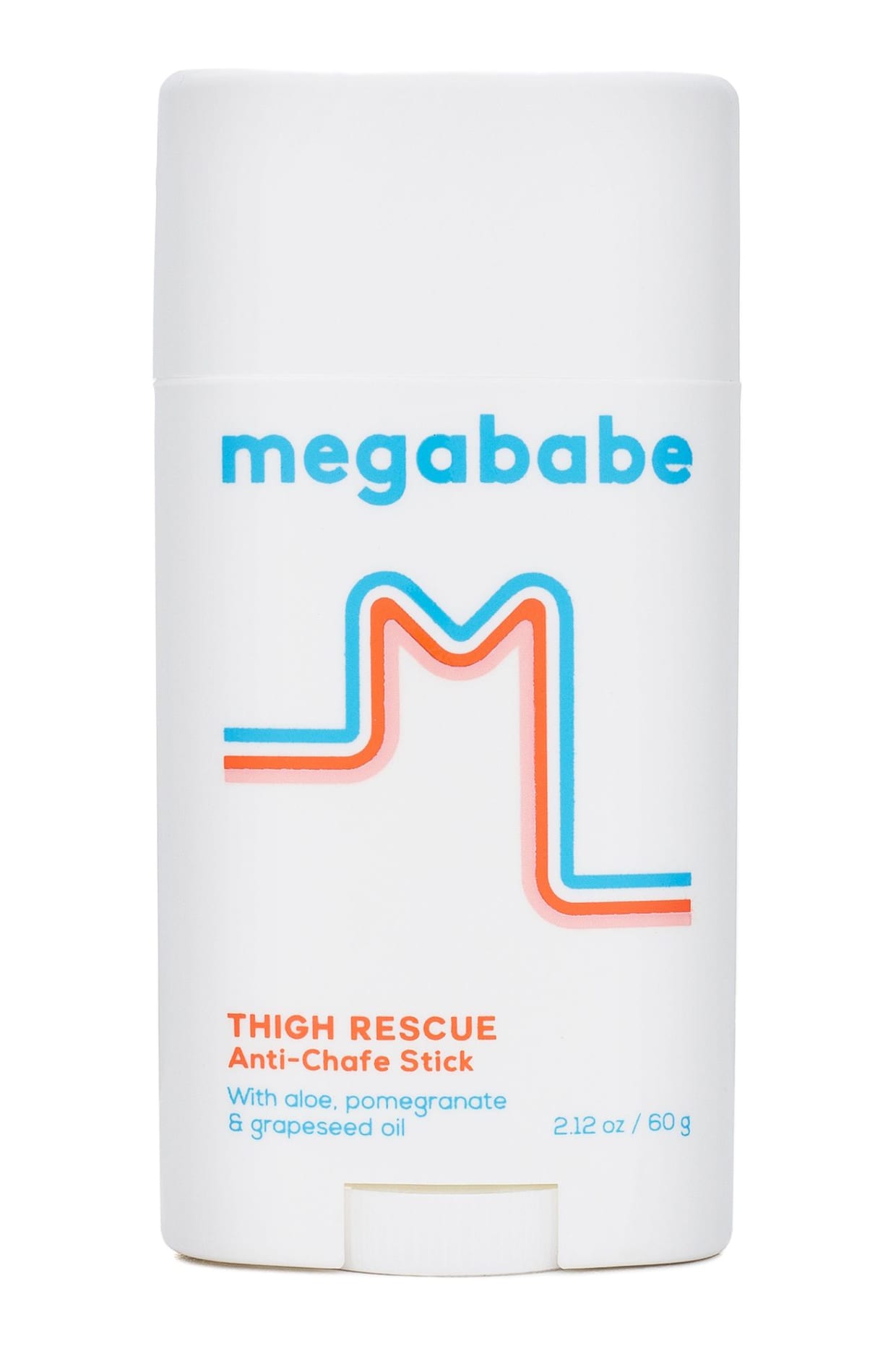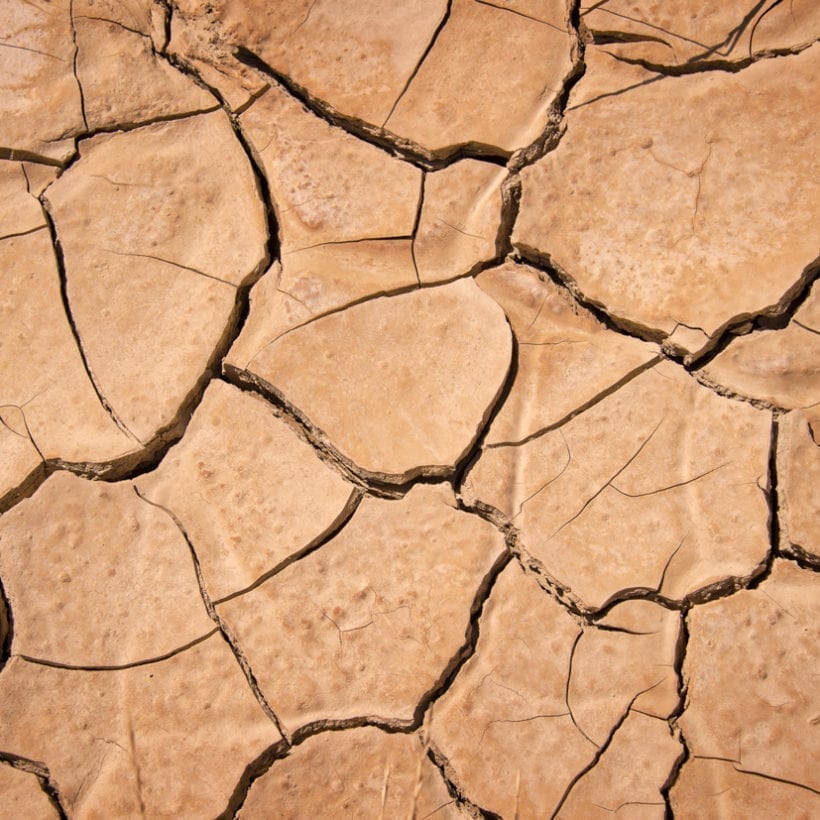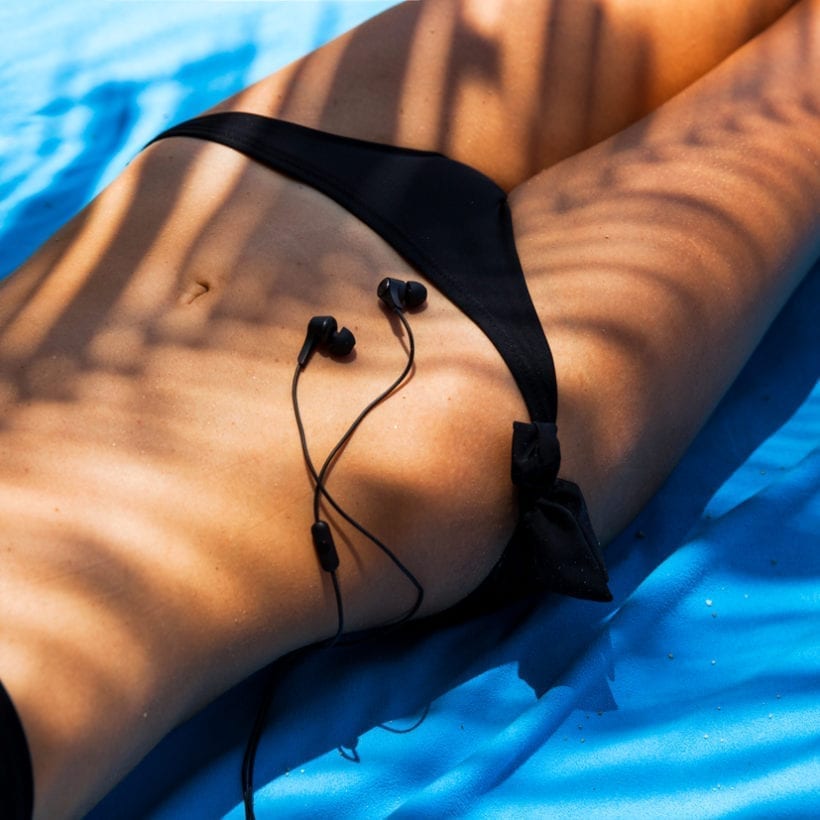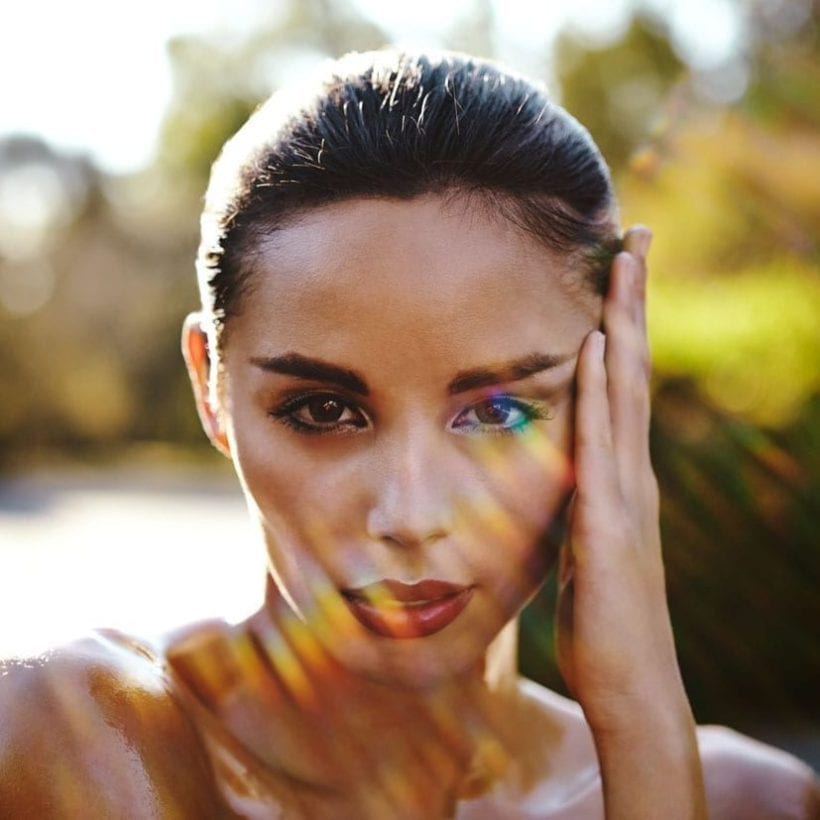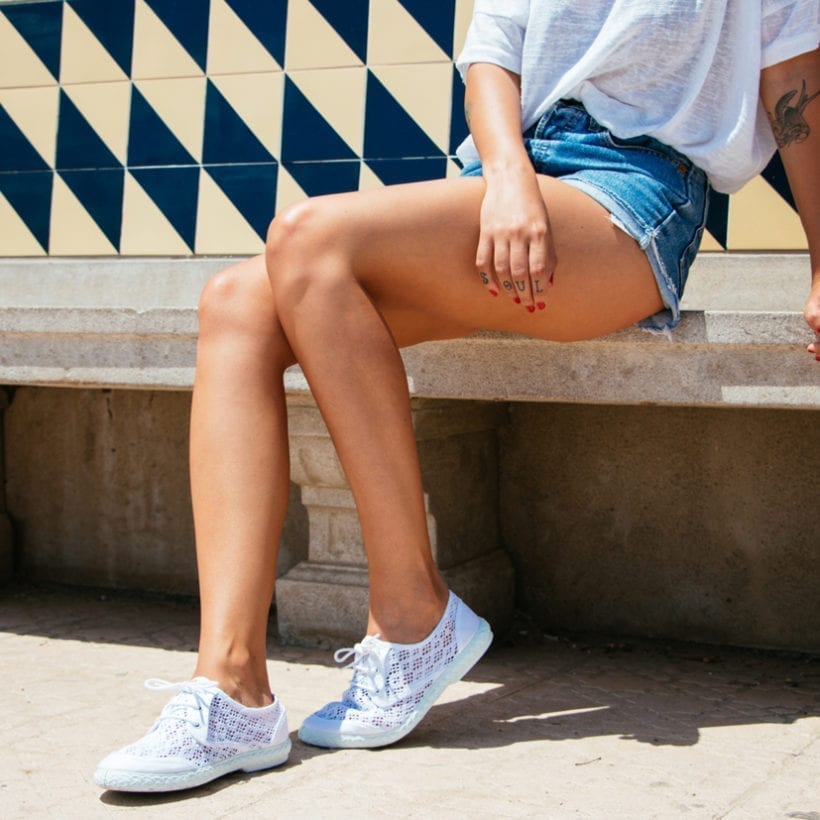You may love your glowing summer skin — but how do you know it loves you back? Our skin has a way of communicating with us, letting us know if we are causing too much sensitivity or over-exfoliating. And that does not change just because summer is here. In fact, your summer skincare routine is as essential as your winter one.
“Our behavior tends to change with [the] weather — we shed clothing and spend more time outdoors as the mercury rises — so we also sweat more, get oilier and get more UV exposure. As our skin adapts [to] the weather, our skincare should follow,” says Papri Sarkar, M.D., the past president of the New England Dermatological Society.
So, to understand if you are really giving your face the summertime TLC it needs, dermatologists and skincare experts provide insight on what is happening underneath the surface.
Remember that there
is no such
thing as a
healthy tan.
Bad sign: You show sun damage.
When a patient walks into Sarkar’s office, there is always one thing she notices right away: sun damage — meaning dark spots, scarring and sunburn. Sun-related skin injuries are dangerous for every skin type, any age and anyone. And while coming back from vacation with freckles, bathing suit lines and a darker hue can make many women feel sexy and sunkissed, it actually could cause more trouble than you want.
“Remember that there is no such thing as a healthy tan. The color is produced as a defense mechanism when your DNA is being damaged by UV radiation,” says dermatologist Hadley King, M.D.
So how do you beat the risk? Sarkar urges the importance of applying (and reapplying) sun protection (at least SPF 30) under makeup and on any part of our body that gets hit with rays. If you still want to have a bit of glimmer and sparkle, consider using a self-tanner that will add some warmth, without putting you at risk.
Bad Sign: You have red rashes on your breast or thighs.
Also known as chafing, these are not only uncomfortable, but they pose potential threats. As the temperature increases, King says we perspire more, and areas where damp skin rubs against damp skin can become irritated. This sets up an environment where yeast can grow — leading to possible infections or other flare-ups.
If you spend most of the summer nursing these wounds, King suggests taking a more preventive approach by drying these sweaty spaces throughout the day. She recommends powders that absorb residue and fight against bacteria or fungi. You can also wear moisture-wicking protective clothing or apply an anti-chafing product before heading outdoors.
Bad Sign: You are breaking out like crazy.
Sarkar says for many of her patients, acne flares up in the summer months thanks to clogged pores.
“It’s hard to avoid this for some people who apply sunscreen fastidiously and don’t wash their face. [There are] layers of sunscreen, makeup, dead skin cells and increased oil and sweat production from the summer. These hide the fresh skin underneath,” she adds.
This is when taking note of your product arsenal becomes a logical next step. As King explains, if you are noticing your skin is very oily and you can’t tame your acne, it may mean that you need to stop using any heavy moisturizing creams or other oil-based products. She suggests switching to a gel moisturizer and a cleanser or toner with salicylic acid, which can penetrate into pores and remove excess sebum.
But it does not just end at the breakouts. Your skin can also be randomly dry in areas — even in the heat of summer. Or your products are not actually seeping in your pores, and they feel heavy. “With increased humidity during the summer, less moisture is lost from our skin into the air, so we generally don’t need emollients as much as we do during the winter,” King explains. If you are not sure on where to start, chat with your dermatologist who can recommend a summer-specific regimen that fulfills your needs.
We only recommend products we have independently researched, tested and loved. If you purchase a product found through our links, Sunday Edit may earn an affiliate commission.
